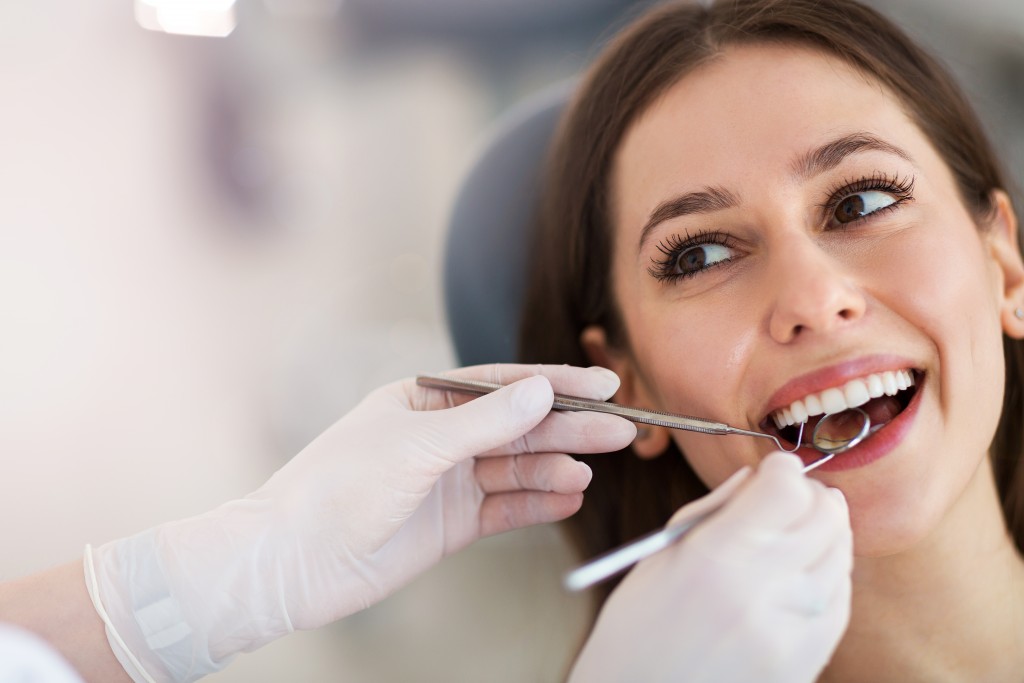As you run your dental practice, you certainly know how important it is to maintain a clean and sterile environment. But the actual task of ensuring proper disinfection and cleaning daily is left to others as you focus on treating your patients. How effective are your current cleanliness procedures, and is there room for improvement? Here are four things to consider.
Conduct an audit
Sometimes you might find that your workplace has evolved around you without your noticing it. Tables and chairs come to be arranged in a certain way because of how you prefer to operate; instruments are laid out precisely where you are accustomed to accessing them. You might know which areas are frequently in use and thus most in need of cleaning, but do all your employees know?
An audit is an excellent place to start identifying any areas which might need to be addressed urgently and getting everybody on the same page when it comes to cleaning awareness. For instance, your audit might reveal that your autoclave is exceeding its life expectancy – this might be time to scout a new dental autoclave for sale and improve the speed of batch sterilization in the process.
Follow standard procedures
Within the dental industry, the standard practices, as outlined in the OSHA and CDC guidelines, must be adhered to when it comes to sterilizing and disposing of instruments. Critical and semi-critical instruments must be sterilized and then stored in a clean and dry environment; non-critical reusable instruments should be disinfected, and disposable devices with sharp tips or edges must be segregated in a ‘sharps’ container.
Having a system of proper labels is essential for everyone to know which areas are clean for storage, and to avoid mistakes in handling. A review of procedures might be necessary to get everyone up to speed, and it’s a good idea to post a copy of the written protocol. Designate an assistant to be responsible for this task, as nothing must get compromised.
Disinfect appropriately

The areas of your dental practice environment can be classified as clinical contact surfaces or housekeeping surfaces, according to the CDC. Housekeeping surfaces have a lower risk of disease transmission; clinical contact surfaces are more frequently touched or otherwise have contact with patient material.
Direct your staff to pay rigorous attention to the cleaning and disinfection of clinical contact surfaces with an EPA-registered hospital disinfectant. Physical removal of debris through scrubbing or other means is a must before application of the actual disinfectant, which must be done at the end of every day. Housekeeping surfaces can follow a more routine cleaning schedule unless some spillage or contact with potentially infectious material has occurred.
Clean for the patients
The safety guidelines are there to ensure compliance and prevent contamination. However, if we only focus on this aspect, our staff might neglect the value of cleanliness when it comes to patient comfort and making a good first impression.
Patient-facing areas such as the restroom or your reception area might not pose a risk for transmission of infection, but it’s still a good practice to clean them regularly and keep free of any clutter. This will help improve the patient’s mood and put them at ease in your practice.
Maintain a sterile and clean environment, and even if you don’t have a luxurious or cutting-edge office design, your patients will be comfortable in your care.

